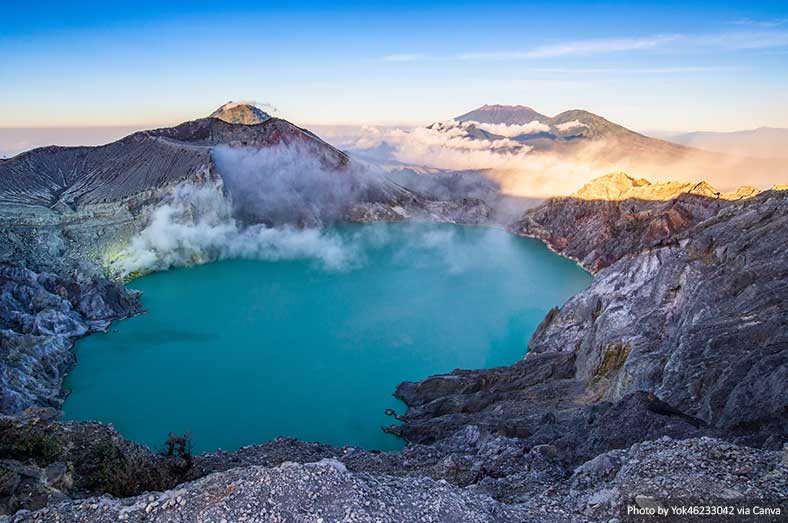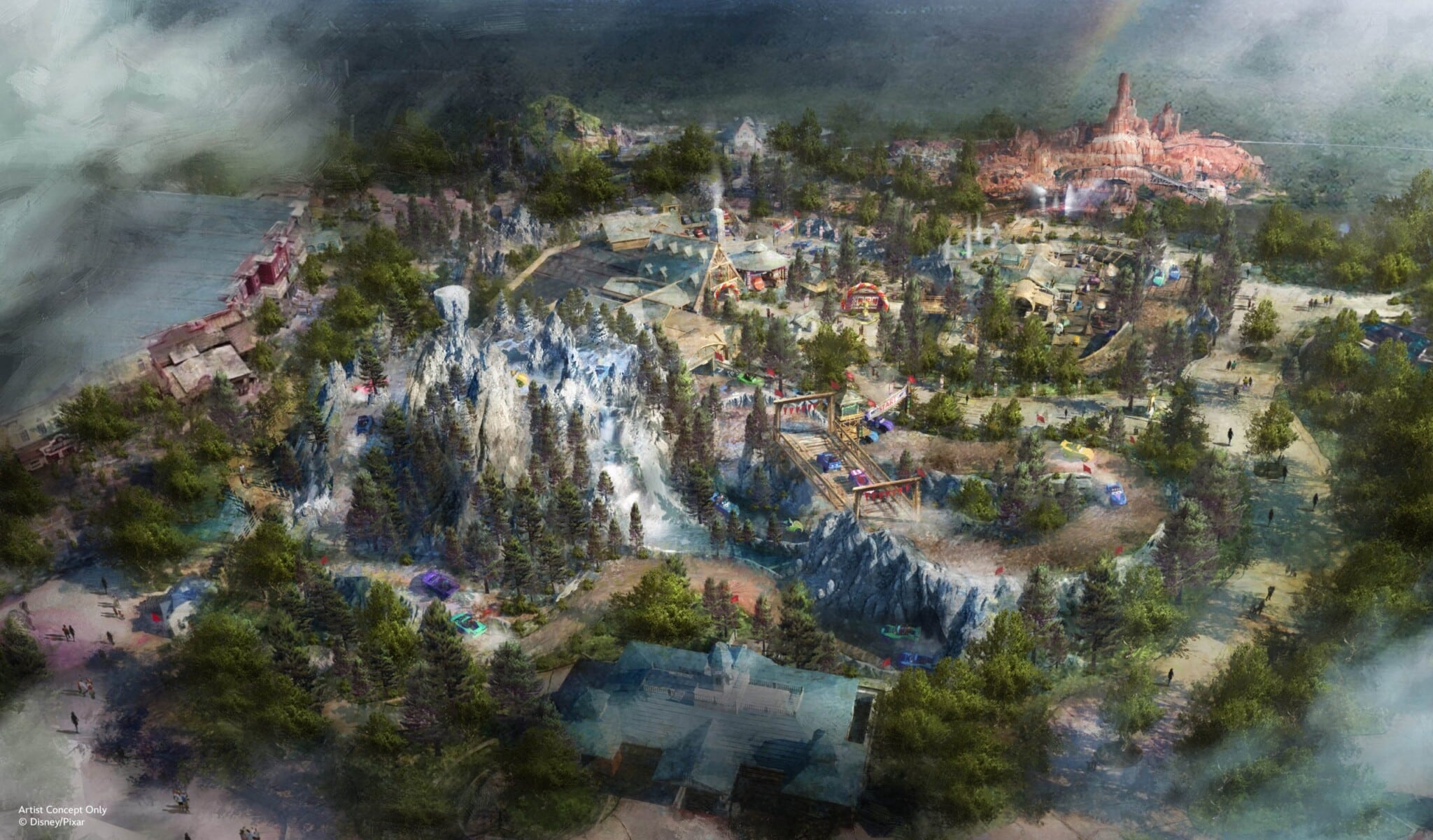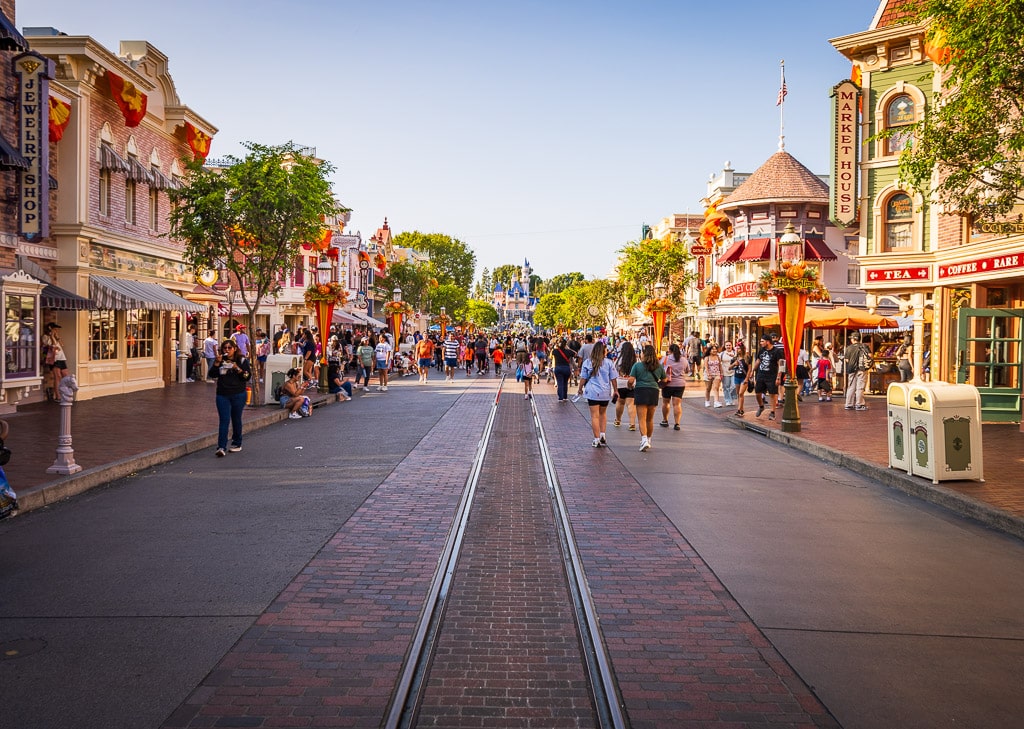Java is Indonesia’s most populated island and scattered all over you can find beautiful volcanoes, spice plantations, vibrant lakes, unspoiled beaches, and extensive cave systems. Whilst it’s neighbour Bali draws people for its beaches and nightlife, Java, outdoes the incredibly popular Bali when it comes to untraveled roads and stunning nature. Learn about 5 of these natural treasures on Java and prepare to experience some pretty surreal scenery.
1. Kawah Putih – Bandung, West Java
Being part of the Pacific ‘Ring of Fire’ – an enormous area with regular tectonic activity – Indonesia is shaped mainly by volcanic eruptions. Although this sometimes leads to threats of earthquakes and eruptions, it also creates gorgeous alien landscapes.
One phenomenon that solely exists due to volcanic activity is Kawah Putih, a crater lake that lies 50 kilometres outside the West Javanese city of Bandung. This lake almost looks like the décor of a post-apocalyptic movie when you’re viewing it from the shore. As soon as you walk down the stairs around the crater, the milky blue-grey lake makes for an ominous sight. The smoke on one of the lakesides proves that the earth is alive in this area. It also contributes to the alien experience visitors get when visiting Kawah Putih, which translates to ‘White Crater’. You can’t dip your toes in this acidic lake, but on the walking pier, you’re surrounded by the magically coloured water.
The entrance fee to Kawah Putih is 75,000 Indonesian rupiah, which, at the time of writing, is just over 4 GBP. A round-trip on the shuttle bus from the entrance of the park to the lake costs 30,000 rupiah or 1,65 GBP.
When visiting it’s advisable not to stay around Kawah Putih for longer than an hour. This is because the sulphurous gases make it harder to breathe in the long run. This safety advice is repeated regularly through speakers as a reminder.
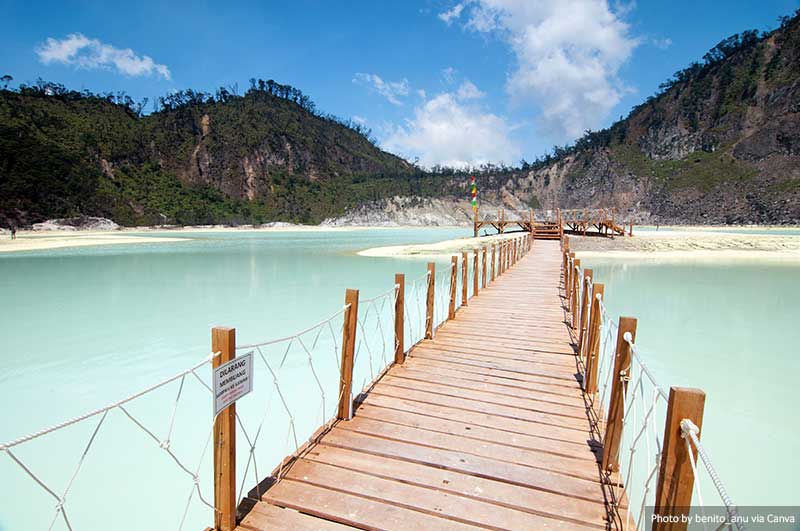
ADVERTISEMENT
CONTINUE READING BELOW
2. Dieng Plateau – Bakal, Central Java
Imagine volcanic cones, multi-coloured mineral lakes, Hindu temples, and fresh mountain air all combined on an elevated plateau in the heart of Java. The Dieng Plateau sits 2300 meters above sea level and therefore is an excellent place to take a break from the humid heat in Java’s lowlands.
One of the most marvellous sights is the Telaga Warna Lake, a stunning mineral lake surrounded by forests and impressive mountain summits. Here you can go for a relaxing walk around the lake and soak up the unique scenery that’s on display.
Less peaceful, but by no means less dazzling, is the Sikidang Crater. Mud pods sizzle away, and plumes of smoke rise up to the sky in this bizarre crater. The soil here has a yellow stain from the sulphurous fume that causes a very intense scent. The Sikidang Crater is quite touristy, and therefore it’s best to avoid the weekends as that’s when many people flock to visit.
If you’re staying for longer than a day, then watch the sunrise from Gunung Sikunir. Watching the first sunrays fall over the rolling mountains of the Dieng Plateau truly is an event to write home about.
It’s quite easy to reach the Dieng Plateau from Yogyakarta, a major city in Central Java and a beloved place amongst travellers.

3. Goa Jomblang – Yogyakarta, Central Java
Yogyakarta has received adoration from travellers all over the world, who mainly rave about the architectural wonders of this heritage city. The Borobudur and Prambanan temples (both UNESCO World Heritage Sites) are considered to be some of the most significant cultural and historical highlights in Indonesia.
But the cave of Goa Jomblang, that stretches out at 40 kilometres south of Yogyakarta City can’t be overlooked either. The cavern is part of a more extensive system, that’s been created by underground rivers eroding the karst rocks.
Since the roof of the cave collapsed, a sinkhole has marked the cave entrance and the part that’s accessible for tourists. The measures of the sinkhole are impressive, and it feels like the earth has opened its mouth to swallow everyone who descends. It’s also safe to go down on a rope and take in the magic of this beautiful grotto from a spectacular and unique angle.
Most of the spotlights are literally on Goa Grubug, the central chamber where sunrays form a bundle of light. This is the best spot to take your Instagram pictures.
See Tours
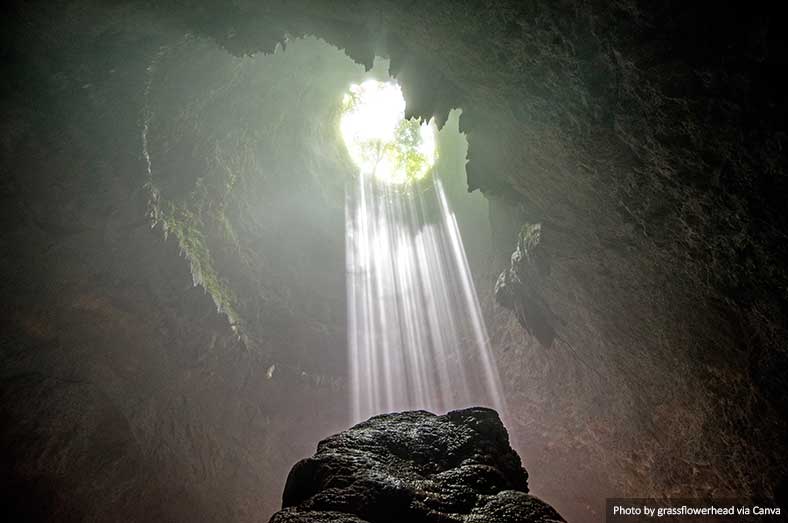
ADVERTISEMENT

CONTINUE READING BELOW
ADVERTISEMENT
CONTINUE READING BELOW
ADVERTISEMENT
CONTINUE READING BELOW
4. Bromo Tengger Semeru National Park, East Java
Of all places that made it to this list, Mount Bromo and its surroundings are without a doubt the most recognized and visited. This national park is part of a chain of volcanoes and loved for its dreamlike vistas.
Most visitors come here in the middle of the night because the sunrise holds the key to Bromo’s enchantment. King Kong Hill is one of the best places to see the sunrise, while nearby Penanjakan 1 is the most popular and crowded lookout. These viewpoints are great for starting your adventure in the area, as you can see Mount Bromo in the deep valley as well as the lonely giant Mount Semeru in the distance.
Take a jeep or a rented motorbike down to the valley. Here it almost looks like the moon’s surface. Here you can admire Mount Batok and ascend the stairs to the crater rim of Mount Bromo itself. From the top, you stare straight into the fumes coming from the simmering bottom below.
When you’re planning to visit the alien landscapes, do check the updates on the conditions of Mount Bromo. Since it’s an active volcano, the crater sometimes gets closed to the public when the mountain starts to spit more smoke, or any other seismic activity is expected.
See Tours for Bromo

You may like:
15 Top Natural Wonders To See and Visit
5. Kawah Ijen – Banyuwangi, East Java
It’s no surprise that Java’s far east is blessed with mountainous beauty as well. Kawah Ijen is the eye-catcher of all volcanoes in the Banyuwangi region. This volcano is a source of sulphur, and it has a lake that’s sourer than battery acid. Although this sounds like an apocalypse, quite a few visitors make their way to Ijen to witness the dramatic panoramas themselves.
The walk up to the crater from the basecamp takes about 3 hours and leads through thick darkness if you want to catch the sunrise. Go down to the edge of the bright green lake, where you might see blue flames caused by sulphurous gases catching fire. Be careful and make way for the miners, who cut the sulphur out themselves and carry up to 80 kilos in baskets on their shoulders. They drag their load up to the crater rim first, which is an incredibly tough job.
Reasonable fitness is a must when going up to Kawah Ijen; the hike up to the crater rim might only be a few kilometres long, some parts are incredibly steep. After going up, the challenging and by times slippery descent to the acidic lake begins. Wear proper hiking shoes and enjoy the fantastic views once the sun is up. Only a few hikes on Java are tougher than the trek to Ijen, but the reward is phenomenal.
Read more:
Our top tips for hiking
